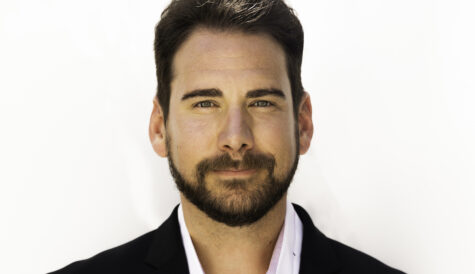
After more than 35 years of operation, TBI is closing its doors and our website will no longer be updated daily. Thank you for all of your support.
Disney’s Pyne: TV remains indispensable
Despite growth in alternative media, “TV remains the indispensable connective tissue,” that ties people together, according to Disney Media Networks distribution chief Ben Pyne.
Despite a decline in linear TV viewing, overall viewing time for top shows is actually growing, added Pyne, who is president, global distribution networks at The Walt Disney Company-owned Disney Media Networks.
The audience for shows is growing through non-linear consumption – both via DVRs and on-demand services, but the challenge is how to make money from that, the exec said in a speech at the TV Connect event in London.
Non-linear viewing also extends the life of shows that would otherwise die. While the linear audience of the premier of season 12 of Grey’s Anatomy was relatively small, the DVR and on-demand audience meant that the show remains a success twelve seasons in, he said.
“On-demand viewers spend 50% more time with episodes and are more likely to return to the next episode,” he said. “The content becomes more sticky and ultimately they come back for more.”
Pyne said that media companies had now become global, with management responsibility devolved across multiple countries. “One strategy that works in one country may not work in another,” he said.
“Pay TV penetration in EMEA is below that of the US, but there is tremendous opportunity in the pay platforms. You’ve heard of cord cutting in the US, but elsewhere… the entry points to get into multichannel are lower,” he said.
Pyne said that the US has slower growth than other regions around the world in terms of spending by ‘middle class’ populations.
“All of us have to adapt and transform and build new infrastructures to support that transformation,” said Pyne. “We are laser focused on creative excellence, by thinking about technology and by embracing global presence.”
Disney was focusing on investing resources in fewer, but better and bigger shows, and was “looking for much of its talent from outside the US”, he said.
He cited examples such as Violetta from Latin America, which is available across 190 territories and has spawned movie Tini, Intikam from Turkey which is available across the US, and the Ebony Live TV Nigeria version of Desperate Housewives.
Pyne said that to cater for changes in viewing, Disney had invested in platforms including ABC Studios On Demand and its collaboration with CanalPlay in France to create Maker On Demand.
Disney also participated in offerings such as Now TV in the UK. In the Philippines the company has developed a direct to consumer offering in partnership with Globe, targeting users of mobile devices.
“Depending on their subscription the can get Disney linear service, on-demand content from maker and ultimately a full Disney bundle on their devices,” he said.
In the US, Disney is present on OTT service Sling to provide a lower cost offering targeting millennials, with core Disney channels on the US$20 platform. “this broke new ground in the US, offering smaller bundle at a lower price point.”, Disney’s deal with Sony PlayStation Vue is similar, he said.
“As broadband home increase, we have created distribution opportunities that can be accessed by those homes.”
In the UK, Disney Life (pictured) also complements the linear Disney offering. He said.
“This all shows the power of brands and franchising. These only work if you have the content that people want,” said Pyne.


